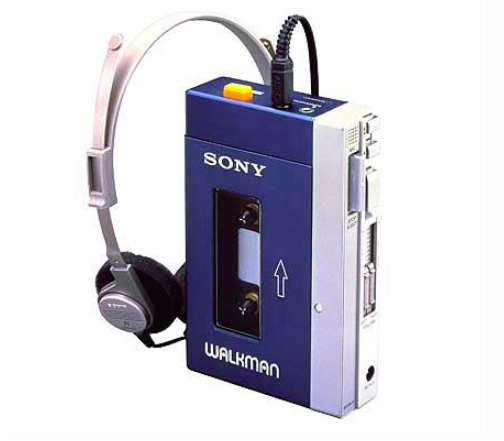
Now that’s what I call music!
Advertising conversations
“You could tell me to my face, or even on the phone; You could write it in a letter, either way I have to know”. All Saints suggested several communication methods, though to little avail as they didn’t seem to get very far engaging their subject.
When I watched their reunion performance at Radio 2’s Festival In A Day last month. It left me wondering how different the lyrics might have been 20 years on. The way we’re communicating has massively changed, delivering more meaningful engagement than before. And pop culture has watched it happen.
I had a picture of you in my mind…
In the late 70’s Sting was sending messages in bottles, and at the start of the 80’s Steve Tyler was still learning how to fax in the mailroom. Since then, there’s been a noticeable shift away from these traditional verbal comms involving reading and writing. Now the use of visuals to convey information as technological advances have facilitated instantaneous image sharing.
An obvious example of this is the serious use of emojis as a primary way of communicating emotion. In fact, The OED’s 2015 word of the year was an emoji. Officially known as ‘Face with Tears of Joy’, this pictograph was chosen as it best reflected the ‘ethos, mood and preoccupations of 2015’. Does it worry anyone else that the best way to communicate feeling was without the use of words? I wonder what would have represented 1997 best *insert ‘Thinking Face’ emoji here*.
If I had a hammer
These little pictures are no longer the preserve of texting teens. Instead, they have been embraced as a nuanced form of expression that crosses language barriers and can sometimes convey intended messages in a clearer way. Voice modulation, intonation, body language etc. can get lost in text, where the written word is the only available medium to express ourselves. Sarcasm, for example, can be lost in emails and taken literally by the recipient, with unpredictable consequences. But adding an image can help steer comms in the intended direction.
Advertising and other forms of marketing are now loaded with images. But what a brand needs to succeed is a visual that reinforces its verbal positioning concept. Think of the concept as the ‘bolt’, and visual as the ‘spanner’ that gets it in to place. While the objective of a marketing programme is to put a word or a verbal concept into consumers’ minds, the best way to do that is not with words at all. It’s with a visual that has emotional appeal.
And this approach is translating to everyday life. Makaton, the universal pictorial language used in public services, uses signs and symbols. Designed to support spoken language that help people communicate, crossing both language and ability barriers.
OK Computer
Websites, mobile, social media, big data, gaming, etc. digital advances have created opportunities for customers and brands to connect in a completely new way. Ways that would have been considered impossible through conventional marketing techniques. None of this explains Kelly Roland’s attempt to lure Nelly using excel, this really is a dilemma.
In the past consumers were always on the ‘listening end’ with brands speaking at them. Digital gives people the opportunity to talk back, putting the power into their hands. This in turn has allowed brands to identify loyal consumers, and subsequently grow their profile. Brands no longer own or control consumers – it’s all about engagement and experience. And changes to communication priorities mean that brand objectives have also shifted. Furthermore, the move from local media to global electronic communications systems and social media has seen a move away from scheduled media to instantaneous communication. This also eliminates some of the ‘right time, right place’ restrictions associated with traditional marketing formats.
I’m only human
On the face of it it’s all positive, but take heed from Arctic Monkey’s ‘2013’. The lyrics “As for Instagram and Twitter, She got caught in both lassoes, And neither one will cut her loose” warn against getting too embroiled in digital comms, and thinking that the internet is the only source of information you need. And isn’t it ironic, don’t you think, that in an age of more sophisticated comms, people seem to be communicating with less of a human touch?
We’ve come to the end of the road…
The historic, linear relationship between brand and consumer, where one-way conversations delivered one-dimensional experiences, is a thing of the past. Today, brands also listen to consumers to encourage brand loyalty and advocacy, ultimately helping them understand their customers more and communicate with them in the most effective ways. Perhaps if All Saints had understood this, they wouldn’t have been left hanging.
In the early days of telecommunication, the platform was only used by the privileged, literate few. Digitisation of comms has broadened audiences so vastly that language itself has adapted to fit these needs. It is simple, concise, pictorial and universal.
Ultimately better understanding and use of communication should create more solid relationships, and engage with more people. Maybe video really did kill the radio star, but if it’s getting the cut through that’s needed, maybe that’s a good thing?
Advertising conversations
If you’d like to talk to us about a brief, you can send us a message in a bottle or if it’s easier, drop us a note here.